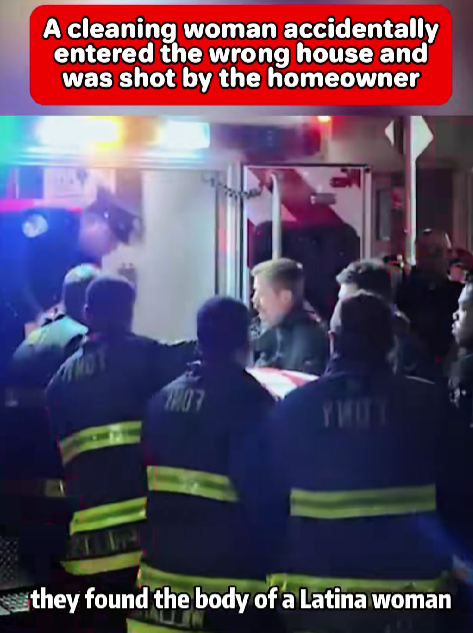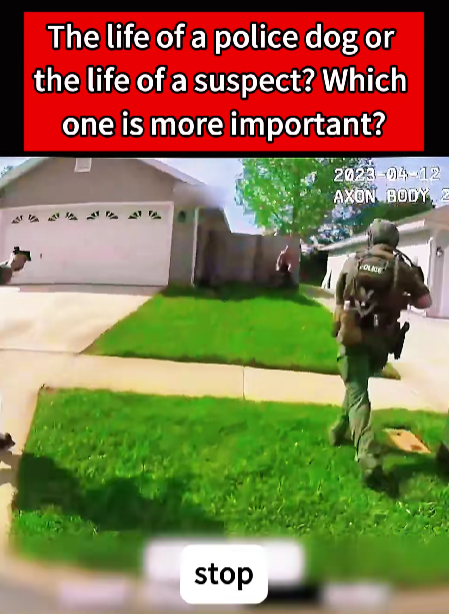A bizarre and tense situation unfolded in Arkansas after a woman called 911, terrified that the man pursuing her in a vehicle with flashing lights wasn’t a real police officer. The chase ended with a heated confrontation between local law enforcement and a constable — raising serious questions about identification, authority, and public safety.
According to reports, the woman was driving late in the evening when she noticed a vehicle behind her with what appeared to be police-style flashing lights. Unsure of whether it was an official patrol car, she continued driving cautiously while contacting emergency dispatch. The dispatcher confirmed that no active traffic stop involving her had been reported, instructing her to continue driving to a well-lit, populated area.
Moments later, the pursuing vehicle turned out to be driven by a constable — a local elected law enforcement official — but one whose vehicle reportedly lacked clear markings or standard identification features. The woman’s fears escalated when she realized the car was unmarked, and the driver was wearing plain clothes rather than a standard uniform.
Bodycam footage from responding officers shows the tense aftermath. An Arkansas police officer arrived on the scene, quickly confronting the constable and demanding to see credentials. “License and registration,” one officer can be heard saying sharply, echoing the frustration of dealing with an apparent case of mixed authority.
The constable attempted to explain that he was performing a traffic stop under his jurisdiction, but the responding officers questioned whether he followed proper procedures — especially given the confusion and panic his pursuit caused. “She thought you were a fake cop,” one officer told him bluntly.
The video, now circulating online, has ignited widespread debate about the role of constables and the need for stricter identification standards. While constables are legally recognized in many Arkansas counties, they often operate independently, using personal or lightly marked vehicles. Critics argue that this creates dangerous confusion for the public, particularly in a time when impersonation crimes are on the rise.
Social media reactions have been divided. Some viewers defended the woman’s cautious response, emphasizing the importance of safety when approached by unmarked cars. Others sympathized with the constable, suggesting that he may have been acting within his authority but failed to communicate clearly.
Experts in law enforcement procedure note that these situations highlight the urgent need for clear, standardized guidelines. “Public trust depends on visibility and communication,” said one policing analyst. “Every officer, regardless of title, should be easily identifiable during any interaction.”
For the woman involved, the frightening ordeal ended safely — but the encounter has reignited conversations across Arkansas about how to prevent similar incidents. As the footage continues to spread, one message is clear: citizens and officers alike want to feel safe — and unmistakable transparency is the first step toward that goal.











Leave a Reply